The natural world never fails to remind us that whatever feats we humans accomplish, nature can often do better. Despite the marvels humans create—from impressive monuments to towering skyscrapers—they pale in comparison to the awe-inspiring wonders shaped by planet Earth itself.
One of the most striking examples of this phenomenon is the Yarlung Tsangpo Grand Canyon and the mysteries that lie within it. This canyon is a natural masterpiece that holds the title of the largest land-based canyon on the planet. This immense canyon showcases the raw power of nature… and it is home to a pretty awesome tree.
The Largest Land Canyon
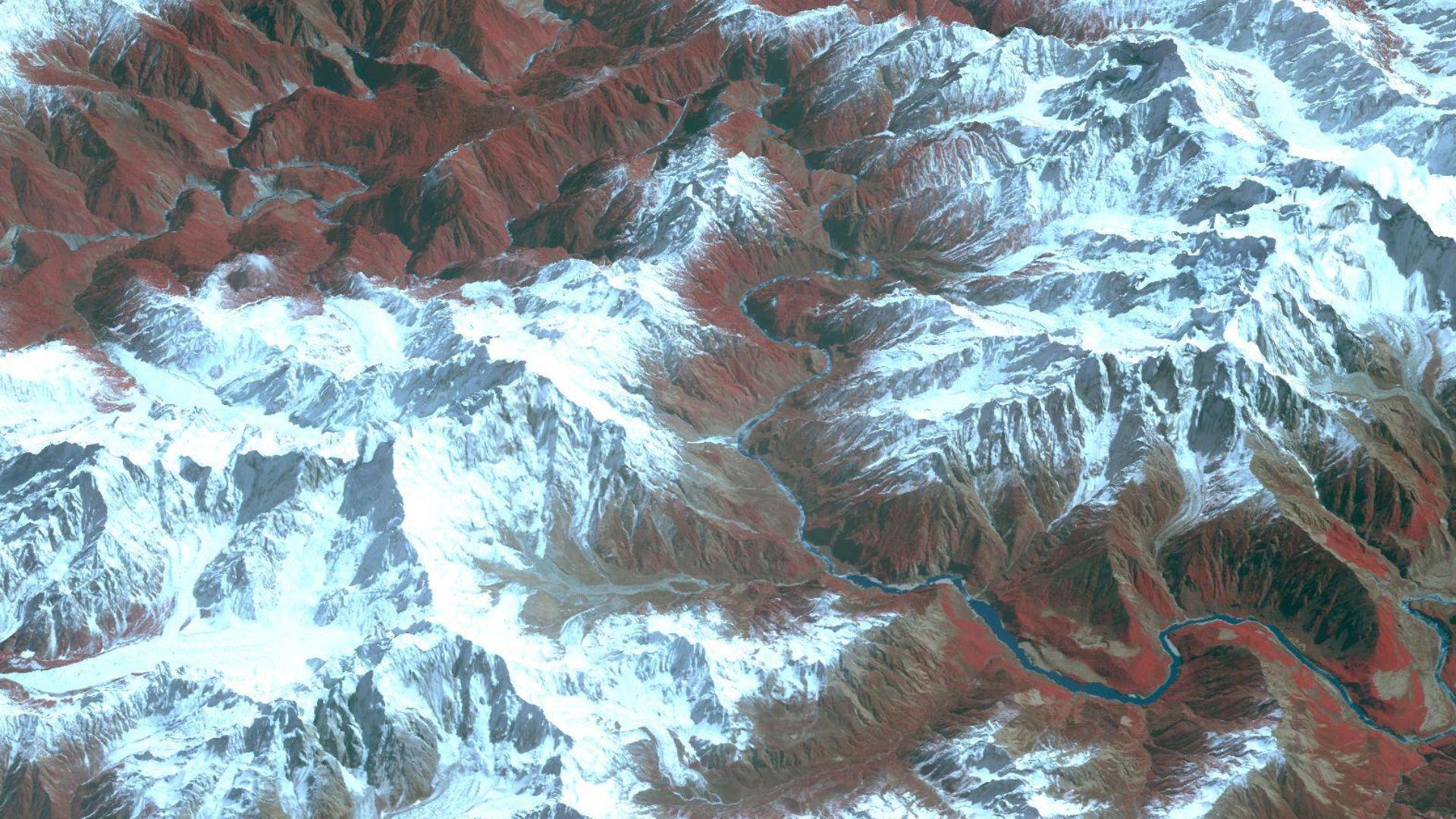
The Yarlung Tsangpo Grand Canyon, located in a remote region of Tibet, China, surpasses even Arizona’s iconic Grand Canyon in size. It is 37 miles (60 kilometers) longer than the famous American Grand Canyon. It stands as a testament to nature’s unparalleled capacity to create vast and magnificent wonders.
Not only is it longer, but the Yarlung Tsangpo Canyon also plunges deeper than any other terrestrial gorge on Earth. At its lowest point, it reaches down around 3.7 miles deep (more than 6 kilometers), making it an amazing geological feature. It is surpassed in depth only by the Mariana Trench, which is an underwater canyon that stretches seven miles (11 kilometers) into the bottom of the Pacific Ocean.
The Yarlung Tsangpo River
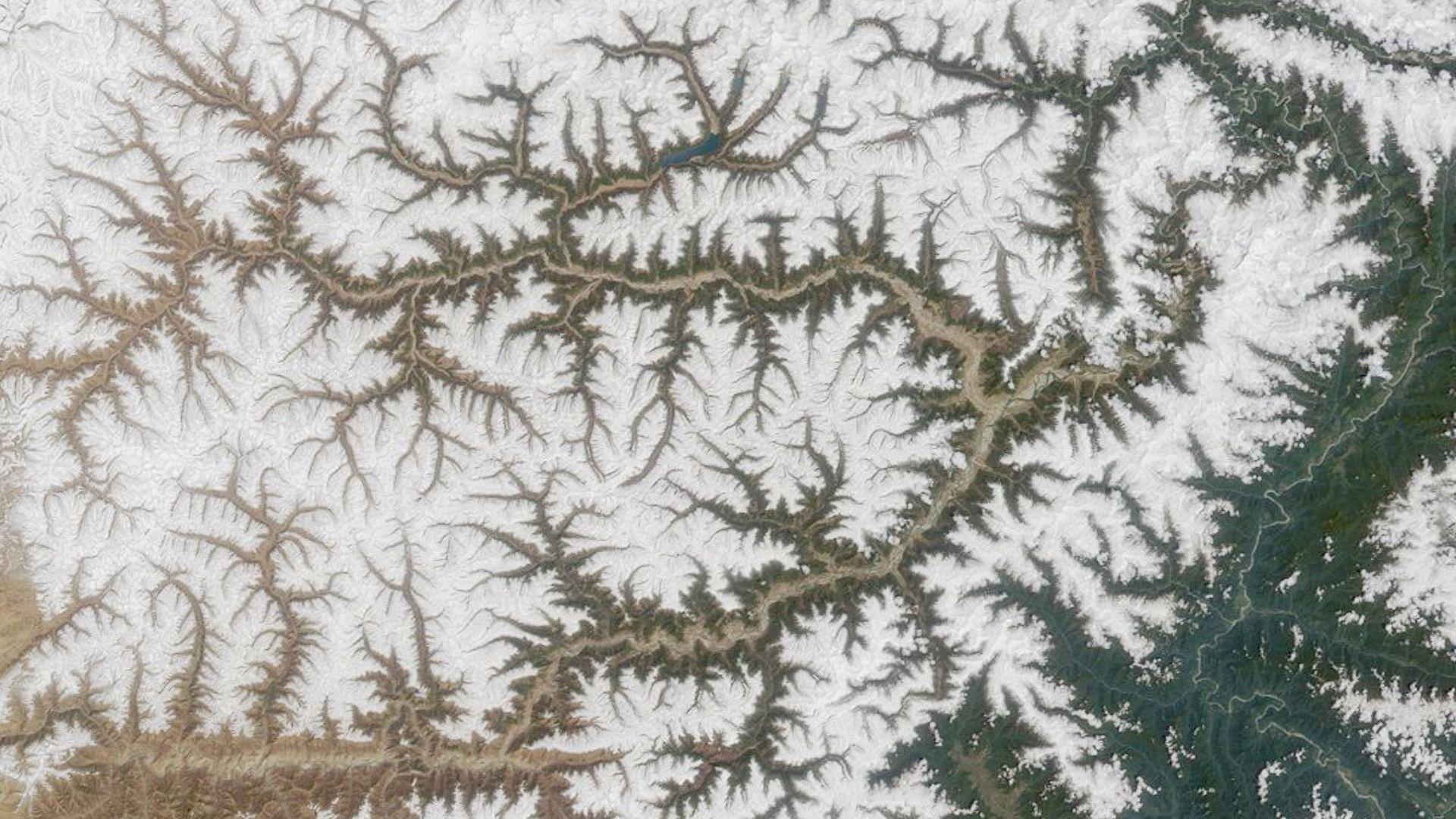
The canyon owes its existence to the mighty Yarlung Tsangpo River, which has carved its way through the Tibetan plateau over countless years. This river is often referred to as the “Everest of rivers” by explorers due to its extreme inaccessibility and the challenging conditions it presents, just like Mount Everest.
At an average elevation of 13,000 feet (4,000 meters), the Yarlung Tsangpo River has the highest average elevation of any major river in the world. Its remote location and harsh environment have kept much of the canyon unexplored, adding to the mystique and allure of this natural wonder.
The Everest of Rivers
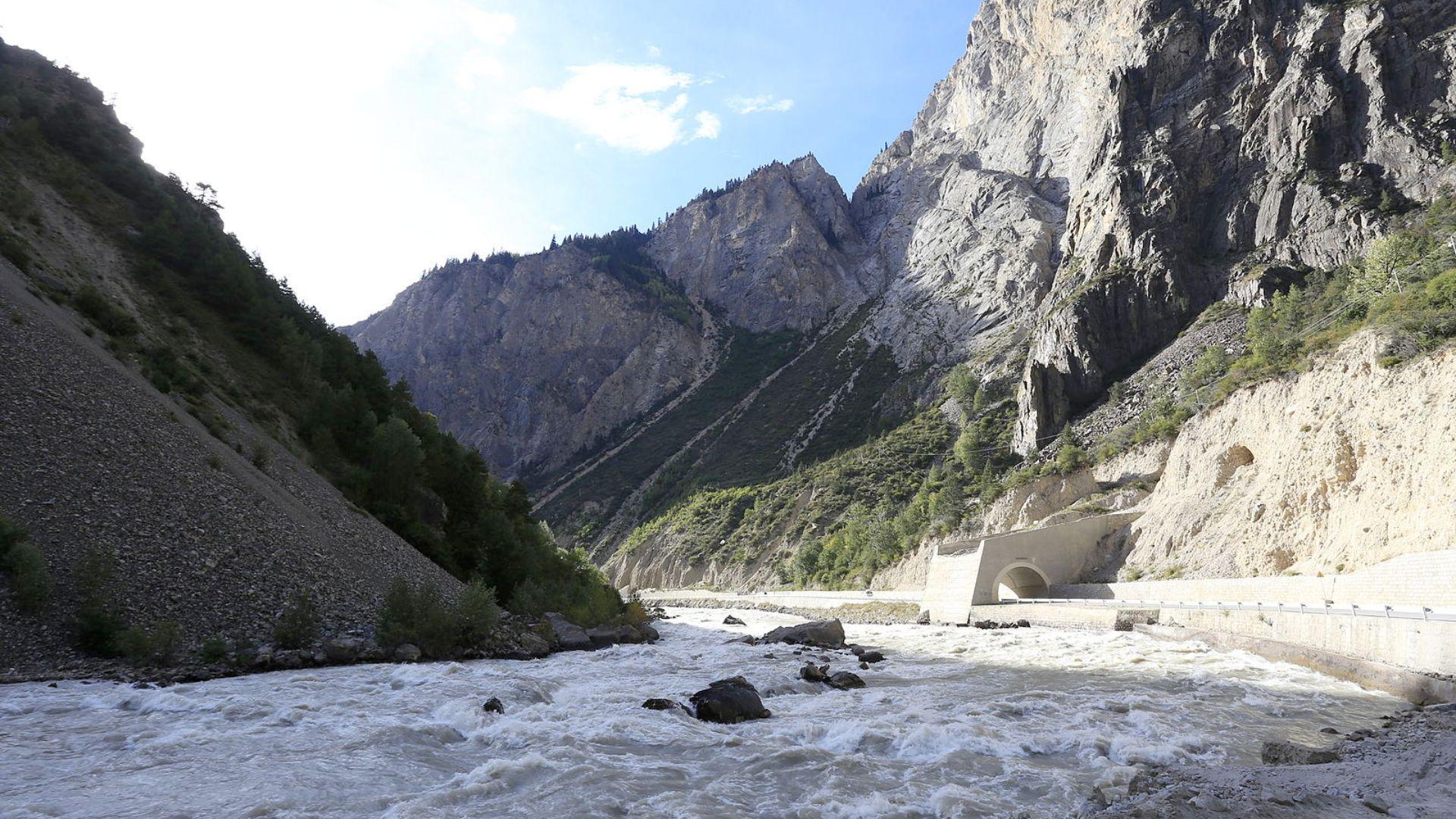
The Yarlung Tsangpo River’s reputation as the “Everest of rivers” is well-earned. It flows through one of the most remote and challenging terrains on Earth. The river’s journey through the Yarlung Tsangpo Grand Canyon is marked by towering cliffs, treacherous rapids, and a wild landscape that remains largely untouched by human hands.
Despite the fact that humans have a difficult time exploring the environment, a unique ecosystem that lives in the canyon thrives. Flora and fauna have adapted to the extreme conditions. The canyon and river together create a habitat unlike any other, making it a significant area of interest for scientists and researchers.
A Barely-Explored Place
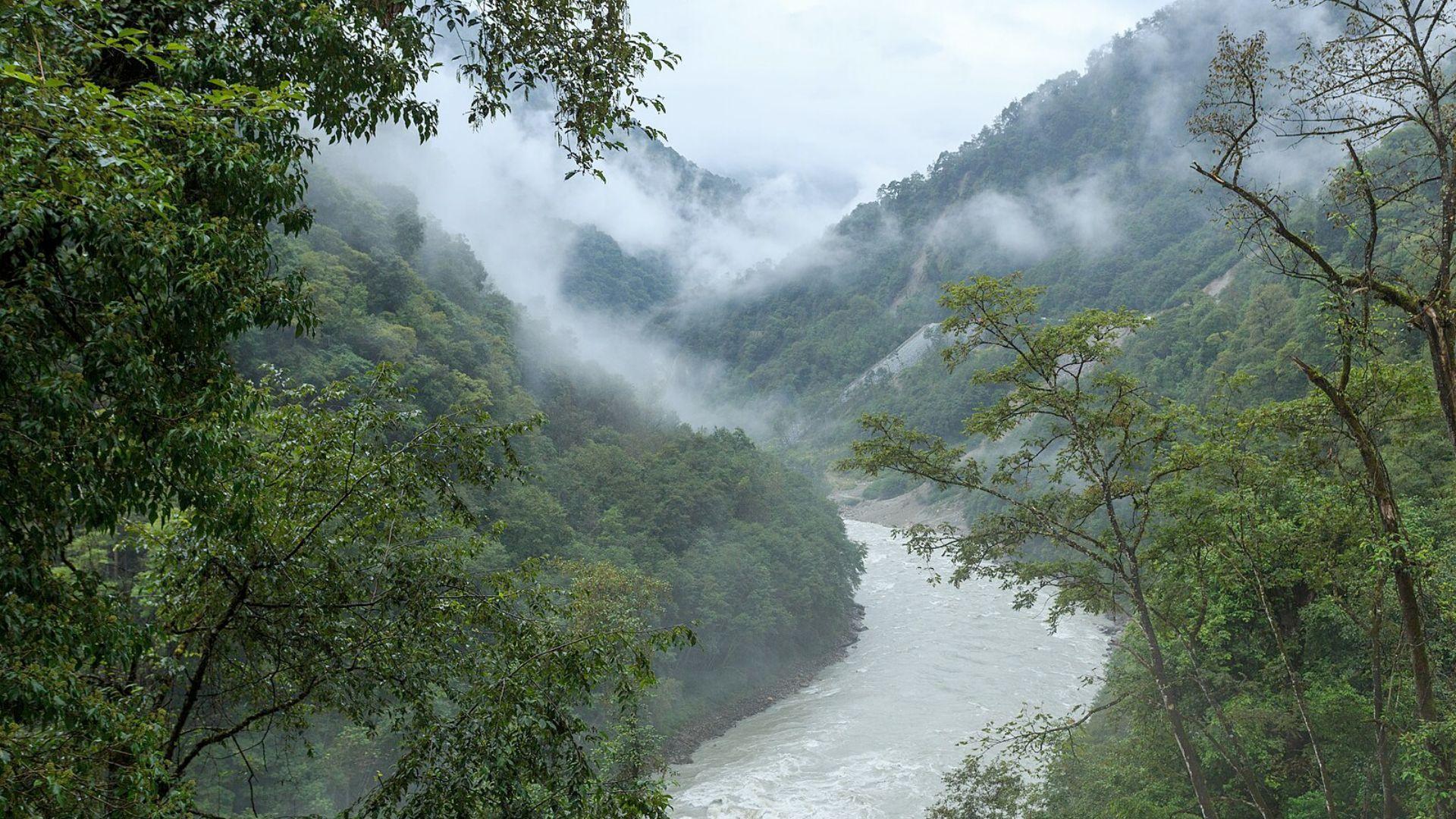
The Yarlung Tsangpo Grand Canyon is not just special because it is the largest and deepest land canyon; it is also one of the least-explored areas on Earth. The canyon’s remote location and difficult terrain have made it a place of mystery, with large portions still largely uncharted by modern explorers.
Its lowest points, which plunge significantly deeper than the Grand Canyon, combined with the dangerous Yarlung Tsangpo River, make the canyon particularly inaccessible to explorers and scientists. This inaccessibility has preserved the canyon’s natural state, allowing it to remain an untouched environment… with a particularly interesting tree.
One of the World’s Tallest Trees

Among the many wonders hidden within the Yarlung Tsangpo Grand Canyon is one particularly remarkable inhabitant: the tallest tree ever discovered in Asia. In fact, there is a whole forest of towering cypress trees that all reach astonishing heights. The unique conditions within the canyon allow these giant trees to thrive.
The tallest cypress tree in the canyon has been measured at an incredible 335 feet (102 meters) tall, making it one of the tallest trees in the world. The discovery of these towering trees adds yet another layer of intrigue to the canyon, showcasing nature’s ability to create astonishing sights.
The Tree Compared to the Statue of Liberty

To appreciate the sheer scale of the towering cypress trees, you can compare them to one of the most iconic human-made structures: the Statue of Liberty. Standing at 305 feet tall, the Statue of Liberty is about 30 feet shorter than the tallest Yarlung Tsangpo Grand Canyon tree.
This comparison puts into perspective the incredible height of these trees and serves as a reminder of nature’s ability to surpass human achievements. The Yarlung Tsangpo Grand Canyon, with its record-breaking depth and towering trees, is a testament to the natural world’s unrivaled beauties.
Natural Skyscrapers

The towering cypress trees of the Yarlung Tsangpo Grand Canyon are among the tallest trees ever recorded, not just in Asia but globally. Their presence in such a remote and inaccessible location highlights the diversity and resilience of life in this isolated environment.
These trees, which have stood for centuries, are a living testament to the power of nature to create life forms that defy expectations. Their immense size and age add to the interest of this widely unexplored canyon.
Other Enormous Trees

The cypress tree found in Yarlung Tsangpo Grand Canyon is not the only giant tree in the world. There are many other astonishing giant trees. Another giant tree in Asia is called the Menara. The Menara is a yellow meranti tree that is 331 feet tall. It is located in Sabah, a Malaysian state located on the island of Borneo.
A giant sequoia tree dubbed General Sherman is the largest single tree in the world by volume. It is an awe-inspiring 52,500 cubic feet. The world’s largest tree by height is named the Hyperion, which is a coastal redwood which is located somewhere in the Redwood National Park in California. It is 379.1 feet (about 115.5 meters) tall.
In Conclusion
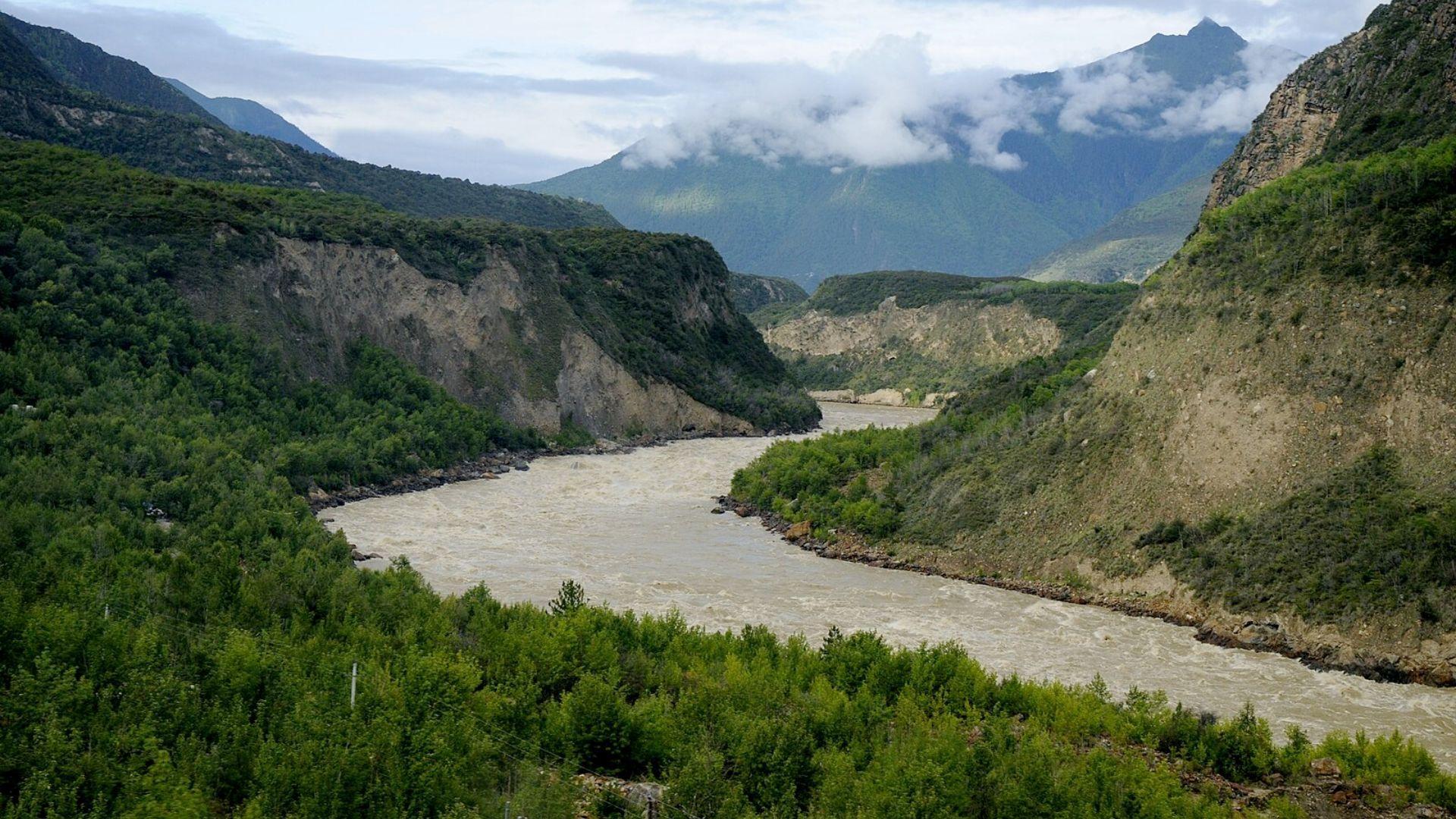
The Yarlung Tsangpo Grand Canyon—home to the Yarlung Tsangpo River and one of the world’s tallest trees—is an amazing natural wonder filled with many mysteries yet to be explored.
Human-made structures can be astounding, but they often pale in comparison to naturally occurring phenomena.

